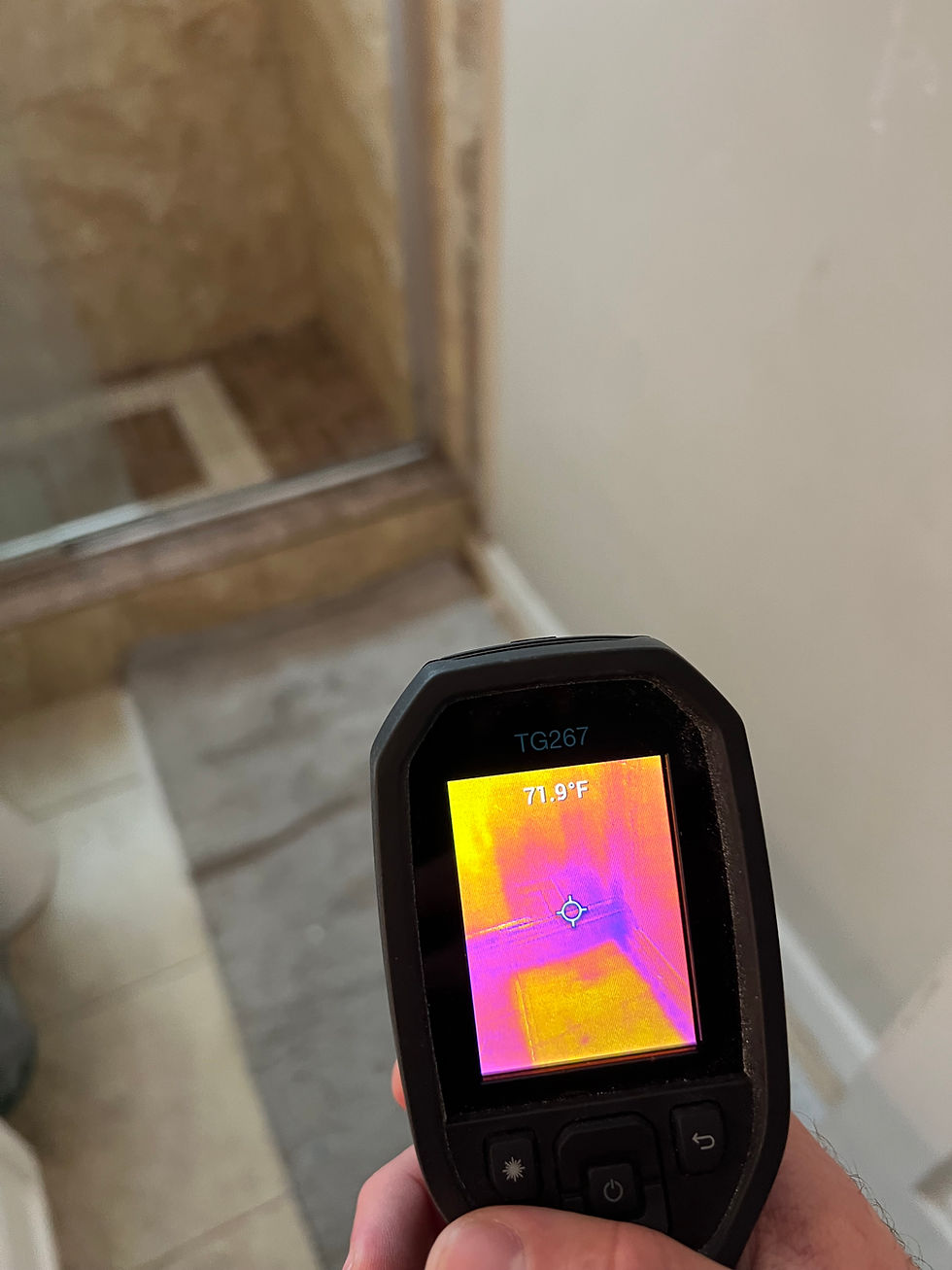What does mold look like??
- Mold Remediation Lee County

- Jul 26, 2023
- 3 min read
Mold, a type of fungus, plays a significant role in our ecosystem by breaking down organic matter. However, when it finds its way into our homes, mold can become a troublesome invader. Recognizing mold is crucial in preventing potential health hazards and maintaining a clean and safe living environment. In this blog, we will explore what mold looks like, the different types of mold you may encounter, and how to effectively address mold issues.
The Appearance of Mold
Mold can present itself in various forms, colors,
and textures. It commonly appears as patches of discolored growth on walls, ceilings, floors, and other damp areas. Its appearance may vary depending on the specific type of mold and the surfaces it infests. Here are some typical characteristics of mold:
a) Texture: Mold often has a fuzzy or velvety texture. However, certain molds may be slimy or powdery.
b) Colors: Mold can come in a range of colors, including black, green, white, yellow, brown, or even orange. The color can provide clues about the type of mold present, though laboratory testing is necessary for accurate identification.
c) Spots or Stains: Mold can cause stains or discoloration on surfaces, especially porous materials like drywall and wood.
Common Types of Household Mold
Several types of mold are commonly found in homes. Each type has its unique appearance and characteristics. Here are some of the most prevalent household molds:
a) Stachybotrys Chartarum (Black Mold): Black mold is infam
ous for its dark greenish-black color. It has a slimy texture and usually thrives in areas with excessive moisture, such as water-damaged materials.
b) Aspergillus: Aspergillus molds come in various colors, including green, yellow, white, and black. They typically grow on dust, powdery substances, or dry surfaces.
c) Cladosporium: Cladosporium mold appears as black or olive-green specks and is commonly found on damp surfaces like fabrics and carpets.
d) Penicillium: This mold often presents as blue or green patches and can be found on water-damaged materials or in places with high humidity.
Mold Growth and Where to Find It
Mold thrives in areas with moisture and warmth. Common places to find mold growth in homes include:
a) Bathrooms: Due to the frequent use of water, bathrooms are susceptible to mold growth. Pay attention to areas around the shower, bathtub, and sink.
b) Kitchens: Leaky faucets or pipes and inadequate ventilation can lead to mold growth in kitchen areas.
c) Basements and Crawl Spaces: Poor ventilation and potential water leaks make these areas ideal breeding grounds for mold.
d) Attics: Improper insulation or roof leaks can create a damp environment where mold can flourish.
Addressing Mold Issues
Promptly addressing mold issues is essential to prevent further damage and potential health risks. Here are some steps to deal with mold:
a) Identify the Source: Locate the source of moisture causing mold growth and fix it. This could involve repairing leaks, improving ventilation, or using dehumidifiers.
b) Clean Moldy Surfaces: Small areas of mold can often be cleaned with a mixture of soap and water or a diluted bleach solution. However, extensive mold infestations may require professional remediation.
c) Preventive Measures: Keep indoor humidity levels below 50% by using air conditioners and dehumidifiers. Regularly inspect and maintain your home's plumbing and roof to prevent leaks.
Conclusion
Understanding what mold looks like and where it commonly grows can help homeowners detect and address mold issues promptly. Keeping your living space well-ventilated and dry, along with maintaining proper hygiene, can ssignificantly reduce the likelihood of m
old growth. When dealing with extensive mold problems, it is best to seek the assistance of professionals to ensure effective remediation. By taking these precautions, you can create a healthier living environment for yourself and your loved ones.










Comments